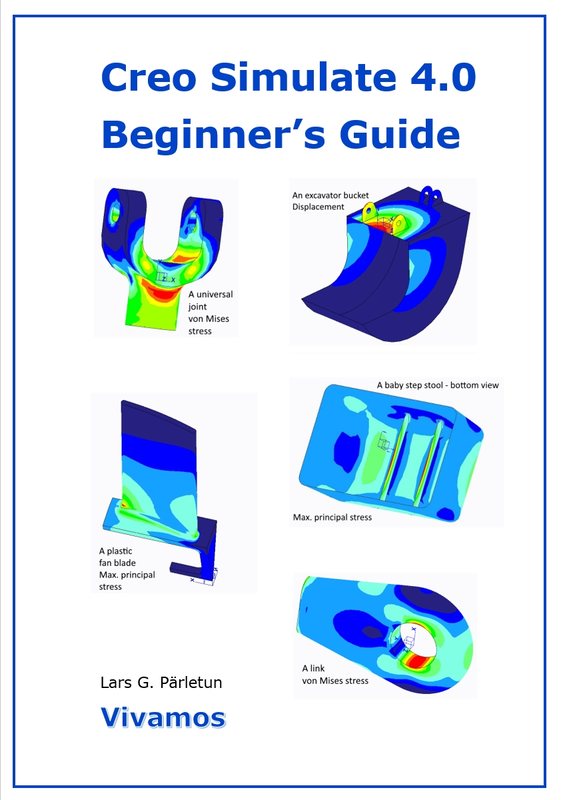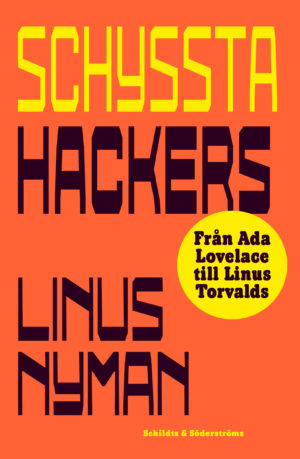
Creo Simulate 4.0 : beginner’s guide
Creo Simulate 4.0 : beginner’s guide
Kategorier: Applikationer för industri och teknik Informationsteknik Maskinteknik och material Materialvetenskap Teknik, ingenjörsvetenskap etc. Tillämpad datateknik
Command procedures are given in detail for the first analyses and a lot of dialog windows are presented. Gradually, the level of detail decreases. However, all new commands and options are still described orderly throughout the book.
The book starts with a basic introduction to the finite element method. The second chapter gives a review of Simulate (types of elements and analyses, convergence and accuracy, mesh settings, specific options as measures and regions, stored files etc.). The third chapter describes the user interface and notations in the book. The chapters 4 to 12 are filled with finite element analyses of mechanical structures. Each chapter starts with one or more analyses (Tasks). They are fully worked through with instructions and computed displacements and stresses are reviewed and discussed. When the tasks are finished, the reader is expected to solve the succeeding problems (Exercises). Their presentations consist of instructions and hints.
A majority of the tasks and exercises are based upon industrial problems. However, simplifications are introduced in order to perform the analyses within the scope of an introductory book. A few examples are picked from the daily life as a consumer. Hence, the reader will make computations for mechanical structures like a pressure vessel, an engine piston, a universal joint, a flywheel in a gear box, an excavator bucket as well as a baby step stool of plastic, a milk package of paperboard and a cabinet door of stainless steel. Hopefully the many examples will help the reader not only to use Creo Simulate but also to get a better view of the application of the finite element method for the determination of the strength of a component or product.
Differences between Simulate 3.0 and 4.0 are explained. Hence, the book can also be used for analyses with Simulate 3.0.
The author obtained his PhD from Lund University (LTH) in 1977 and thereafter he worked five years in Swedish industry. He became Assistant Professor in 1985 and Associate Professor in 1995. He has taught courses in Applied FEM, CAD and Solid Mechanics at Lund university, Malmö University and Borås University. He introduced Pro/Engineer (Creo Parametric) in CAD courses at Lund University (LTH) in 1992. He is a member of the Swedish Association of Educational Writers.






